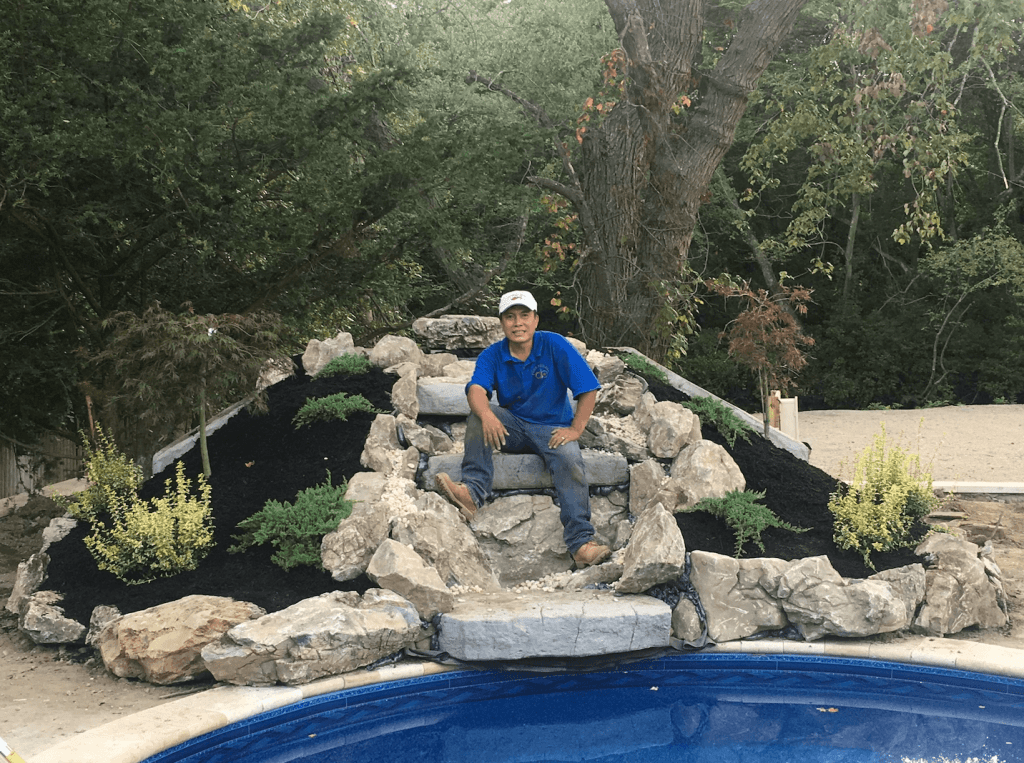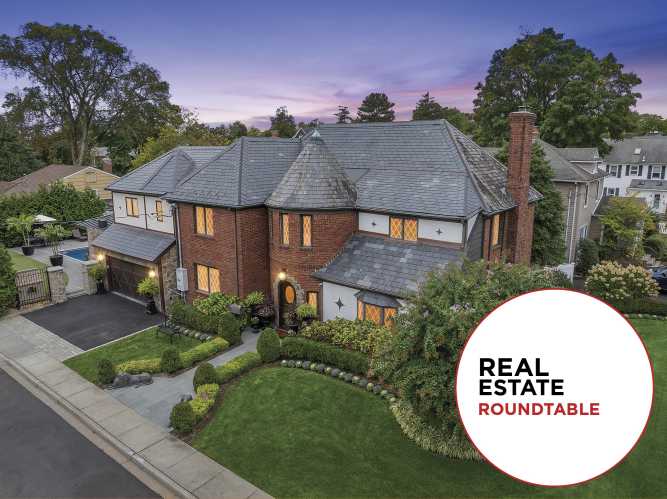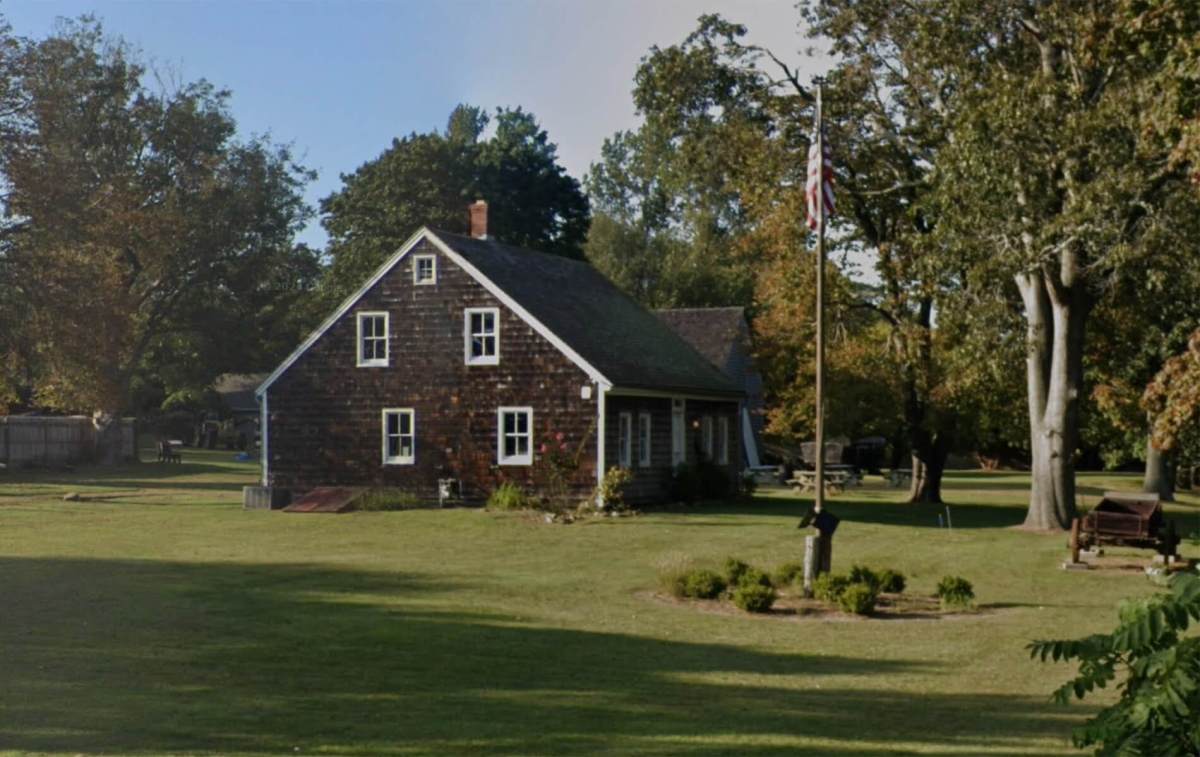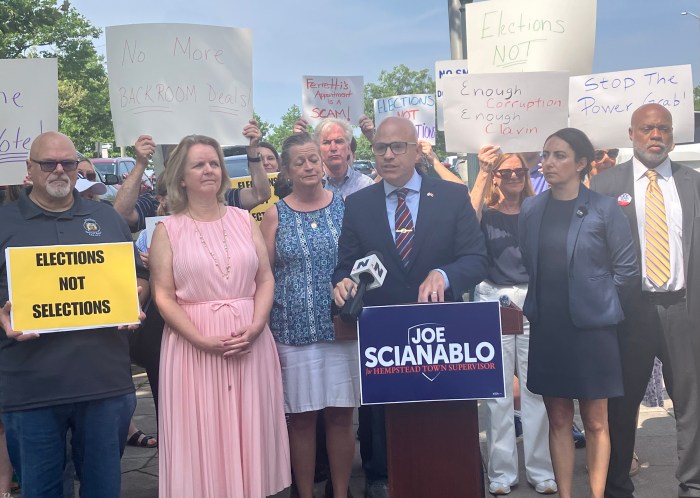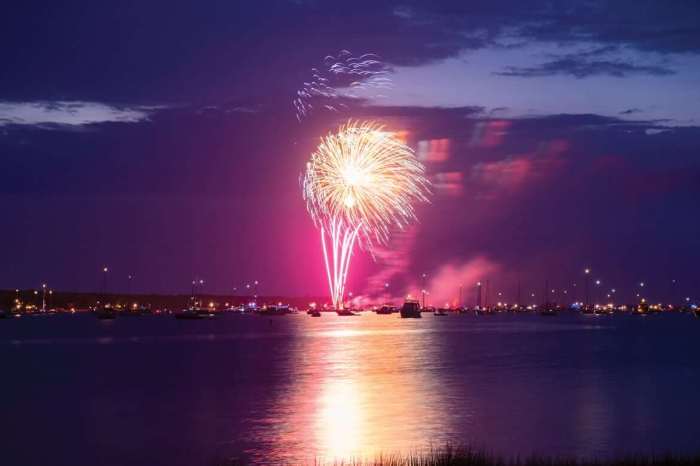On a recent afternoon, Zachary Nguyen, owner of Torii Koi and Pond, walks across a small, red footbridge in a kind of koi paradise. Fish of different shades of orange swam around a few feet away near waterfalls and sculptures.
If the fish seemed at home here, Nguyen collected them on trips to koi farms in the mountains of Japan.
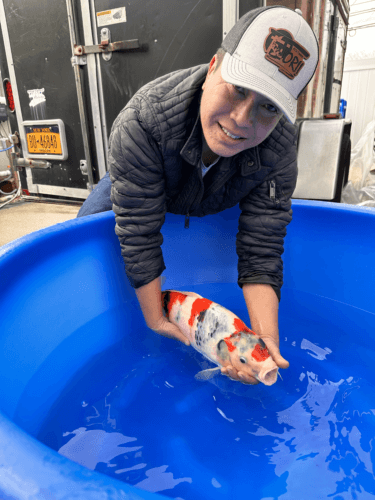
“I go to Japan to select the koi and I import them and sell online and locally,” he says while touring his business in Dix Hills. “And we build koi ponds and do the pond service.”
While fish are not traditional pets, there is something about koi that seems to create a passionate following and Nguyen’s business, building and servicing koi ponds and selecting koi, has been going strong.
“Most people are busy with their job, but they stayed home,” he says of the pandemic. “They realized they needed something in the backyard. They put in a pond.” Nguyen and his company install koi ponds of all sizes and shapes, typically with waterfalls.
“Most of the ponds are a natural shape based on the house and the land,” he says. “Normally we do a stone water flowing on a waterfall.”
They build modern waterfalls with holes bored into stone as well as more natural waterfalls.
“I recently built a pond with a waterfall that I made long like a stream,” he says. “Another one is high and tall, a three-step waterfall. Everybody has their own tastes.”
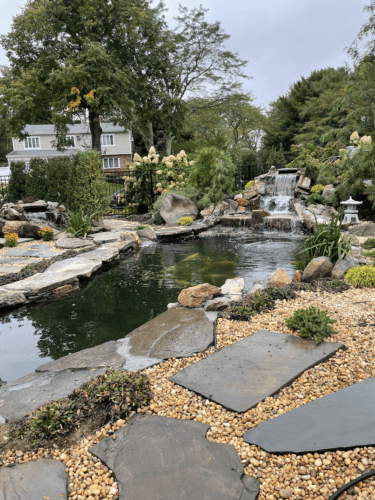
Nguyen was born and grew up in Vietnam before the two halves were unified. After South Vietnam lost the war, his father went to prison for 10 years. “My mom had two little kids,” he recalls. “It was tough.”
He came to the United States at age 19 in 1992 and got a bachelor of science in electrical engineering from what was known as the State University of New York at Utica at the time. He worked for a company that makes forklifts and then as an electrical engineer for Honeywell. “One day I saw a koi. I followed up. I built a pond in my backyard. I loved the koi more and more,” he recounts. “People asked me for help. I gave it for free. They asked for more help and I had to charge.”
He began selling koi and building koi ponds full-time six years ago, specializing in importing koi.
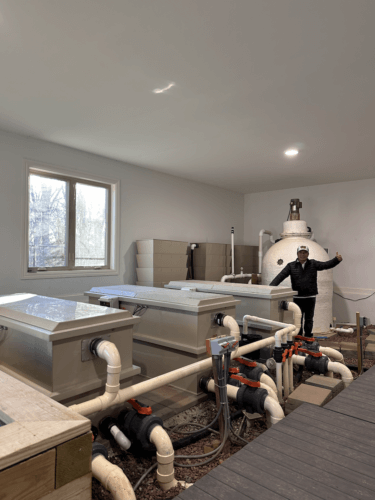
“The koi in Japan is the most beautiful in the world,” he says. “The farmers who breed the koi and the water in the koi farms there are different. It’s more fresh.”
He flies from John F. Kennedy International Airport to Tokyo, takes the Joetsu Shinkansen bullet train to Niigata, where koi breeding originated in the 19th-century, and travels to the mountains to visit koi farms. “Sometimes customers say they want this koi or that koi,” he says. “I take a picture and video and send it. If they ask me to keep it, I keep it.”
He explains there are different colors and types, based on preference, such as yellow, white, red and over 100 types. “Some people name their fish, but not all,” he says. “Sometimes, people have 10 koi, 20 or 100.”
Koi can cost as little as $10 (typically from the United States) and as much as $1.8 million for a one-meter fish he saw auctioned off. He typically sells koi starting at $50, but they can cost hundreds of dollars.
“There’s a wide range on the price,” he says of the fish that can easily live 20 years, although he says the longest-living one on record made it past 200. “It’s the quality and the size.”
Nguyen says he sold one koi that was “big and beautiful” and about 34 inches for $18,000.
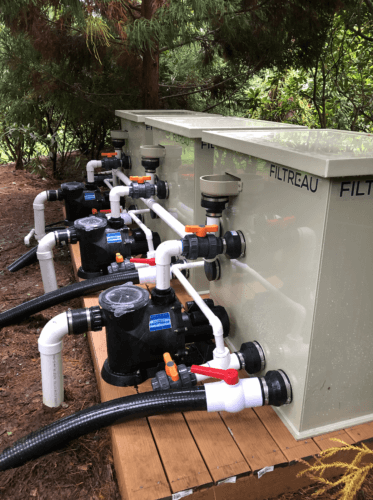
“We have online and local customers. We ship our fish too in a box and a bag,” he says. “We ship to every state. Never to Alaska or Hawaii, but every other state — California, Washington, Florida, Texas.”
Koi eat koi food made of plants and corn, which Nguyen sells. And koi can be kept with other fish, such as goldfish, catfish, various freshwater fish and turtles. Nguyen says koi can survive New York winter, since they’re cold-blooded and can “handle the cold really well.”
“They’re okay with the winter on the East Coast, but we need to have a certain depth. A three-and-a-half-foot pond is good,” Nguyen adds. “The koi in the U.S. is heartier.”

To create the ponds, he and his employees typically dig pits for the ponds, and they can help the pond from freezing in winter by using an air pump to make a bubble to help the fish through winter.
“Most of the ponds, we dig by shovel. It looks a lot neater. And it doesn’t damage the lawn or garden,” Nguyen says. “We don’t want to damage the grass. We do most ponds by hand.”
The average koi pond is about 1,000 gallons, but he has built one as big as 10,000 gallons.
Filters for a fairly big pond can easily cost $3,000 to $4,000, although he used a filter for a 30,000-gallon pond that cost $90,000. Total costs for many ponds are $20,000 or more. “It’s not about the pond size. It’s about the filtration,” he says. “Sometimes people want big fish and crystal-clear water. The filter is expensive.”

He has been back to Vietnam twice since leaving, but says he’s happy with his life in the United States.
“I’m pleased about what we have now. I feel that I owe this country a lot,” he says. “Whenever I go out, I miss this country.” There may seem to be something ritualistic about the glittering beauty of koi and Nguyen says there is a spiritual, peaceful effect.
“It’s a serious hobby,” he adds, “It’s something to enjoy and relax.”
This article appeared in the July 2023 issue of Behind The Hedges Powered By the Long Island Press. To read the full digital version of the magazine, click here. For more articles from our various magazines, click here.

